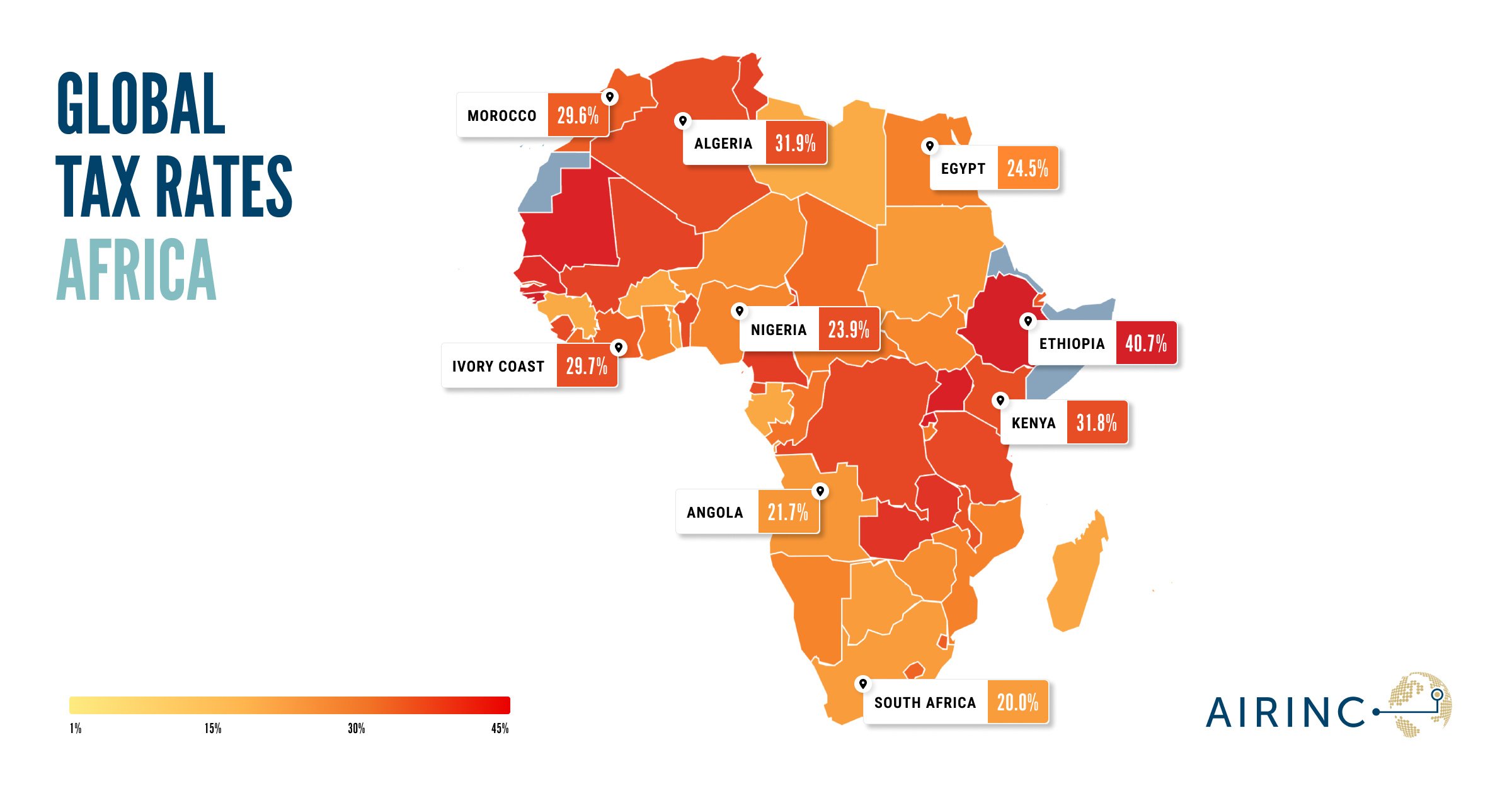Recently I spoke on the Benivo show The View from The Top – Remote Work: Fact or Fiction? I wanted to provide some examples of how tax authorities are dealing with this new remote working world.
Taxing Remote Workers
First, a quick refresher on which taxing jurisdiction have the right to tax remote workers. Options are:
- In the tax location where the employer is based – the principal place of work. An example of this approach is the well-known New York “Convenience of Employer” rule.
- In the tax location where the employee is physically working.
- In the tax location where the employee is tax resident
Taxable Concept of 'Sourcing'
The general rule is that wages of employees are taxable where the work is performed, using a tax concept known as ‘sourcing’. Employees also need to consider where they are treated as tax resident. Generally, tax residents are subject to worldwide taxation. Frequently, more than one tax authority may seek to tax the same employment income based on a combination of principal location of employer, where the work was performed, and where the employee is tax resident, bringing the possibility of double taxation, offsetting tax relief, or exemption.
Reciprocity Agreements
For example, reciprocity agreements are in force between bordering U.S. states, granting tax relief to the employee. This allows the employee to be taxable only in the state of residence and exempt from tax in the work state. Examples of these reciprocity agreements include an agreement between the District of Columbia, Maryland, and Virginia and a separate reciprocity agreement between Illinois, Iowa, Kentucky, Michigan, and Wisconsin. Also, consider there are Frontier Worker arrangements for cross-border workers in Europe that allow for double tax relief who work in one country and reside in another country.
Social Security Contribution Costs
When considering taxation of remote workers, don’t forget social security contribution costs. Where social contributions should be made may not match where the income tax is due. A1 certificates in Europe and bilateral totalization agreements may help provide some relief from unexpected social security costs.
Complication due to COVID-19
All these tax considerations for remote workers are complicated by the COVID-19 pandemic, as tax authorities sought to keep the status quo and maintain tax collections during lockdowns. But now COVID-19 lockdowns are lifted in many places, and we expect the basic tax rules will again be enforced. Tax authorities are increasingly interested in tax collections on remote workers. However, some tax rules applicable to remote workers have not kept pace with how the working world has fundamentally changed.
The Principle Place of Work
In the state of Ohio, local income tax is also assessed on workers by various cities in Ohio. The city tax rates vary by location but generally are 1.5% to 2.5% of taxable wages. Historically, the city where the employer is located assessed the local tax, on the concept called ‘the principal place of work’. That all changed with the pandemic, with more Ohio employees working from home and outside the principal place of employer. This became very contentious because employees didn’t think they owed local income tax to cities where they didn’t work.
Several legal cases have been going through the courts. So far, the courts generally have sided with the cities and allowed the concept of ‘principal place of work’ to apply for purposes of withholding tax requirements. Individuals would then need to seek a refund on their annual tax return. Several of these taxpayer court cases have been appealed.
The Ohio legislature also enacted a law in 2021 allowing employees to claim a tax refund for 2021 local tax withheld in cities if the employee did not actually work in the city. It does not address withholding and taxation rights for 2022. We can presume that the taxation will be based on where the services are performed – effectively changing the principal place of work for those consistently working remotely.
'Frontier Workers'
In Europe, the European Union Administrative Commission has recently announced an extension of the social security policy for ‘Frontier Workers’ until the end of 2022. The so-called “No-Impact Policy” was put into place due to the COVID-19 pandemic. The intent was for a continuation of the employee’s coverage for social security based on where the employer is located and not the employee’s country of residence or country of remote working. The No-Impact Policy was due to expire at the end of June 2022 and will now expire at the end of 2022. The question of where employees are covered by social security may change beginning in 2023, especially for those employees who remain working away from where the employer is located.
Tax Guidance for Sweden
Finally, in Sweden the tax authorities have recently provided revised guidance for remote workers in Sweden employed by a foreign company. The guidance shows that the Swedish remote worker will not necessarily create a Permanent Establishment for the company in Sweden. For background, Permanent Establishment (PE) potentially triggers a corporate tax, so the revised guidance is good news for these foreign employers. It will still require an analysis of the facts and circumstances of the remote working arrangement to determine whether a PE exists.
Tax Authorities Monitoring Remote Working
In summary, tax authorities are continuing to monitor remote working and how this fundamental change in the working world impacts tax collections. It is important to stay up to date on tax developments in this area and ensure that payroll reporting and withholding meets the evolving tax guidelines. This means that payroll administration is key.
Join me on July 6, where I will be providing my next tax update on The View from the Top.
More tax questions?




%20(77)%20(1).png)
%20(59)%20(1).png)


